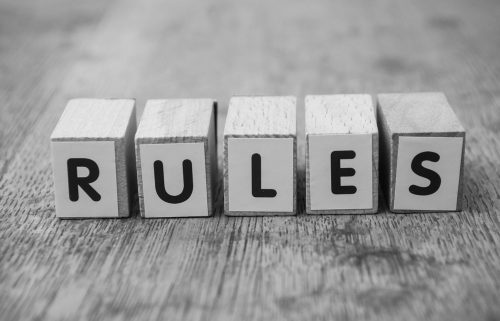Rules to Follow in the Self-Directed Real Estate IRA
A recent article in Forbes highlighted the different assets investors can own through a Self-Directed IRA: cryptocurrency, precious metals like gold and silver, startups, tax liens, and even foreign currencies. Yet when it highlighted real estate, Forbes noted, “there are a variety of special rules that govern investing in real estate via a Self-Directed IRA.” What does that mean? Are there indeed special rules for people with a Self-Directed Real Estate IRA, and if so, what are they?
The piece linked to Kiplinger, which had its own thoughts on the rules that investors should pay attention to when investing in real estate with a Self-Directed IRA. Here at American IRA, we thought we would lay out those rules—and lay out what they might mean in the broader context of retirement investment rules.
Rule: Keep the Real Estate Assets as Retirement Assets
The first rule any Self-Directed IRA investor has to understand is that an IRA is still an IRA—the “r” stands for “retirement.” IRAs are not fun little tax loopholes for avoiding paying taxes on investments that act like personal investments. Instead, the assets are intended to enjoy tax protections specifically because the accounts that hold them are designed for retirement benefits. Investors should learn to treat these assets as such. That way they will not run afoul of the rules.
What does this look like in practice, especially as it relates to real estate? Here are a few key points:
- Avoid working with family members and people you know. For example, if you own a piece of real estate within an IRA and turn around and rent it out to a son or daughter, it may then be considered by the IRS as a “distribution” since you are enjoying the asset for personal use. This means incurring taxes and penalties.
- Keep things separate. When you earn rent money, for example, on a real estate property within an IRA, that money should pass to a custodian on the account, keeping it within the account for reinvestment into the property or for whatever legitimate retirement asset purpose you may require. Do not look at the rent you generate within an IRA as money you can then use and invest personally—that is not what it is for. If you want to invest in real estate to have access to funds you can use right away, you would have to use it as a personal investment.
Real Estate as an “Illiquid Asset” Later in Life
For some retirement accounts, you will have to begin taking required minimum distributions—known as RMDs—upon turning 72. This is so that the IRS can be sure that you are paying taxes at some point, considering that contributions to accounts that require RMDs are typically tax-deductible.
How does real estate fit into this? After all, an investor cannot slice off a part of a rental property to take an RMD. It will depend on your situation, but you may have to begin taking cash from your account as a certain required distribution from your overall portfolio. This is where forms like Fair Market Valuation (FMV) forms start to come in, and it helps to speak to a tax professional to know what the rules are.
It also does not hurt to have a qualified, experienced Self-Directed IRA custodian on your side. This is, after all, one of the ways that investing in a Self-Directed Real Estate IRA can help you. Interested in learning more about a Self-Directed Real Estate IRA? Contact American IRA, LLC at 866-7500-IRA (472) for a free consultation. Download our free guides or visit us online at www.AmericanIRA.com.








